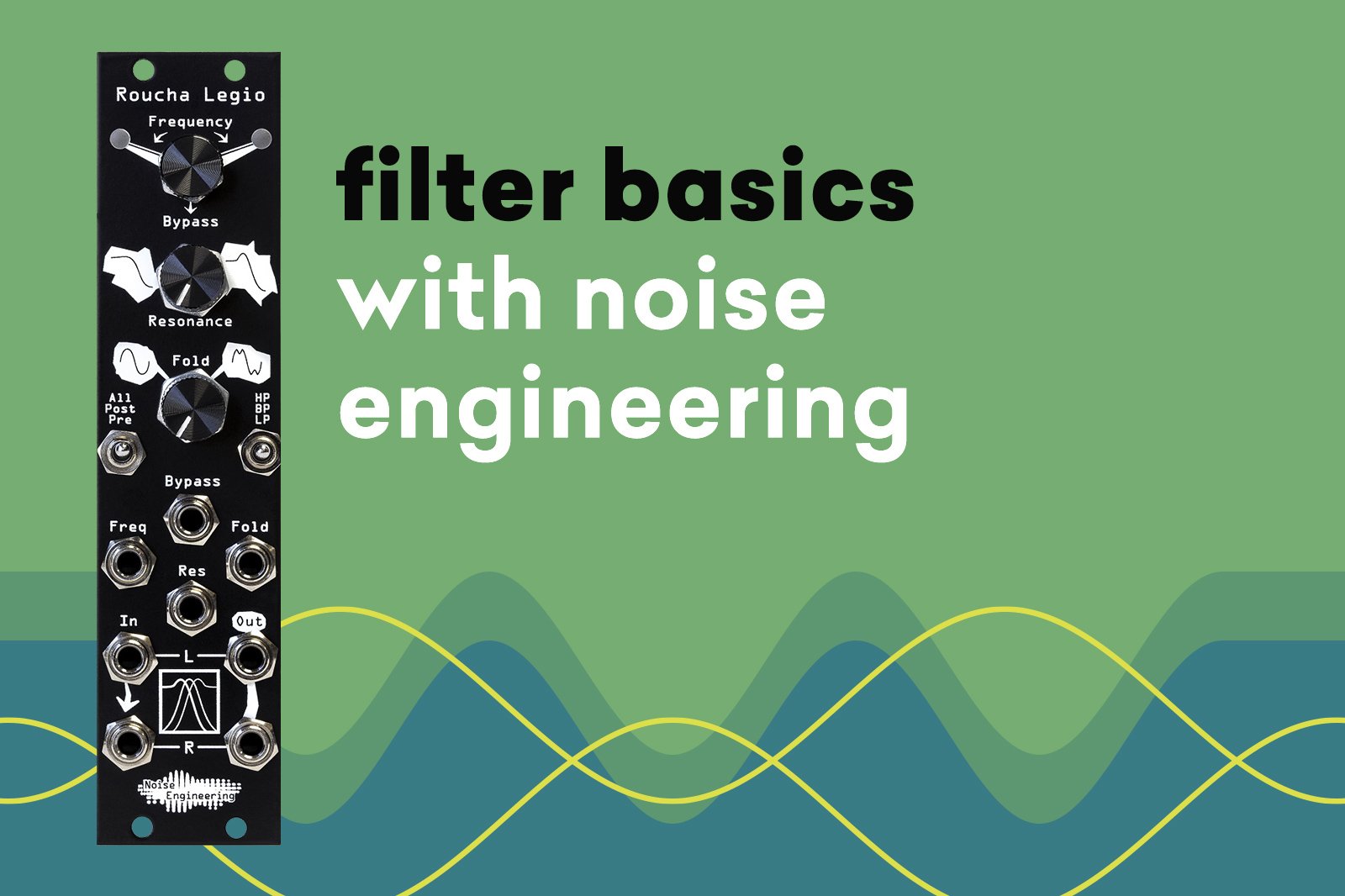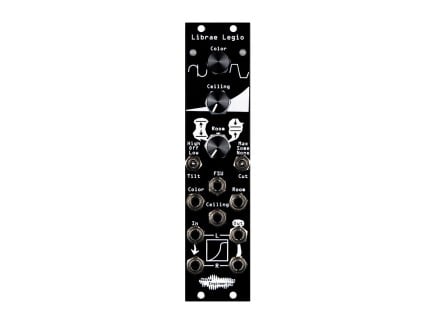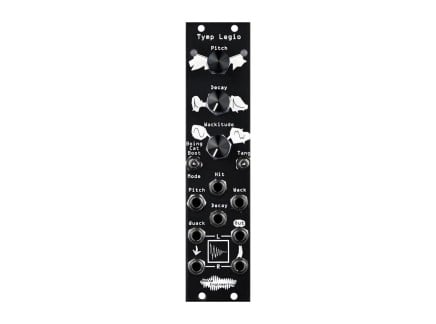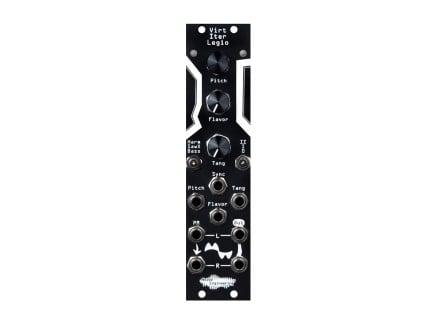Our friends at Noise Engineering just introduced their newest Eurorack module, Roucha Legio: a stereo multimode filter with a wealth of tone-sculpting options available. In light of this announcement, we invited them to write an article for our blog, taking it all back to the basics: how do filters work? How can you use them? And how does Roucha Legio fit into the big picture of modular synthesis?
So, get ready to dive deep and learn about synthesizer filters and what makes Roucha Legio so special.
Roucha Legio and You
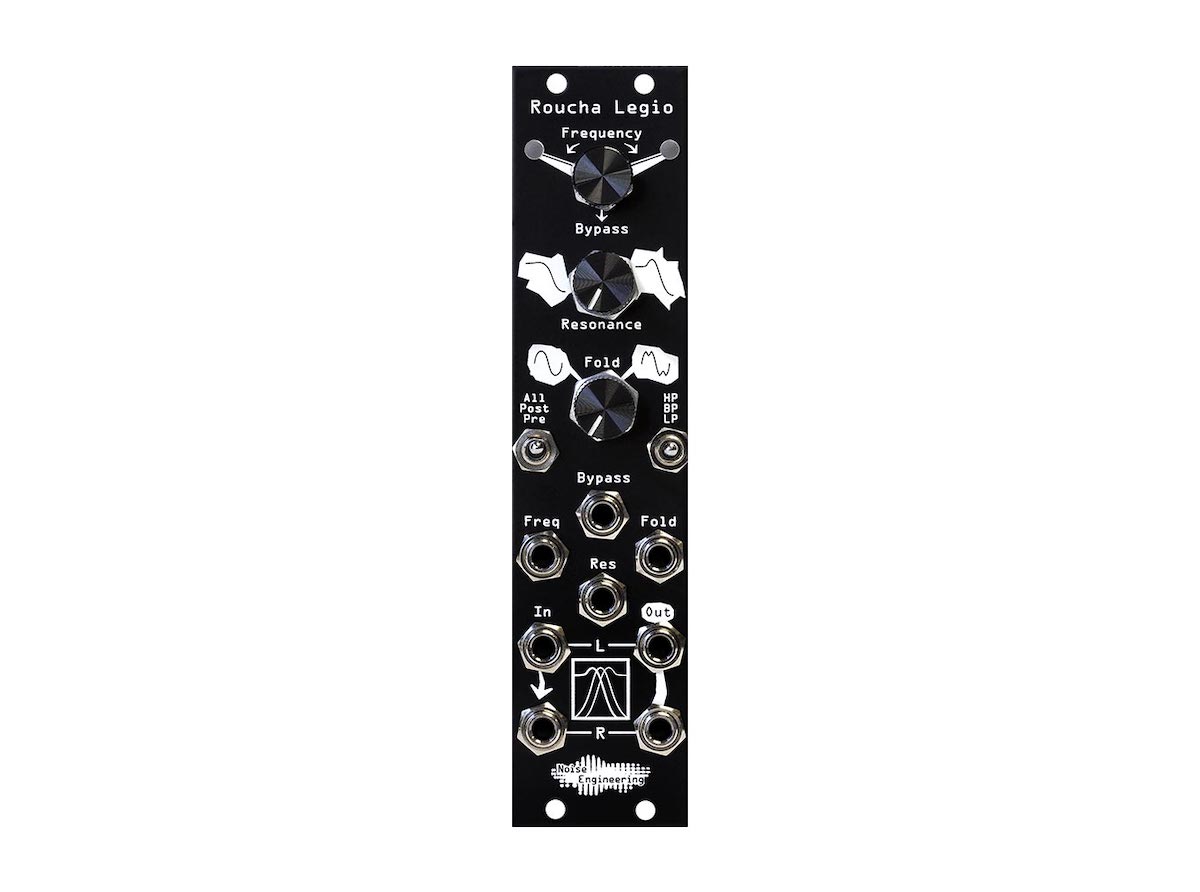
Filters are a staple of synthesis, with a multitude of functions and a rich history. Filter characteristics have long defined the sound of many a subtractive synthesizer, and picking and patching a filter to suit your style is a wonderful way to expand the capabilities of your modular system.
Here at Noise Engineering, we just announced the Roucha Legio, a stereo multimode filter for our Legio platform. We had a lot of fun developing it (and even more fun patching it afterwards) so we wanted to share some basics about how filters work, how they can be patched, and how the Roucha Legio differs from other Eurorack filters.
What is a Filter?
At their most basic, filters are an audio-processing utility that are generally used to remove part of a signal. Filters can impart quite a bit of character onto a signal, too; in fact the filter can be integral to the resulting sound. No two filters sound alike, even if they have similar specifications, so if you’re just starting out in your journey with filters, take some time and have fun exploring. Having a few different ones to choose from adds a lot of fun options to a system.
Types of Filters
Filters come in a variety of types that remove different parts of a signal. The most common types are lowpass, bandpass, and highpass. The great thing about filters is that their names tell you what they do: lowpass filters remove high-frequency content and allow low frequencies through, bandpass filters allow only a small band of frequencies through, and highpass filters remove low frequencies and allow high-frequency content to pass.
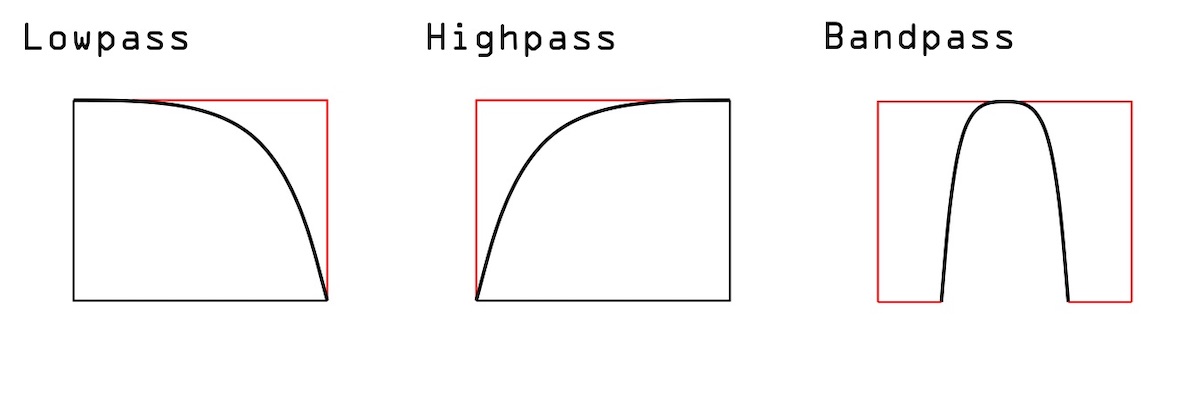
Many filters, including Roucha Legio, have multiple types of filtration available in a single module, either on individual outputs or by changing a setting.
Filter Controls: Frequency and Resonance
Filter designs vary quite a bit in sound and character, but most filters will have two core parameters: frequency and resonance.
Frequency controls the cutoff point of the filter: for example, if you set a lowpass filter to 500hz, it would allow everything below 500hz through, but start to remove everything above that point. Adjusting the frequency of a filter can have a huge impact on the timbre of a sound, and modulating a filter’s frequency with an envelope, an LFO, or a sequencer, for example, is a great way to make a sound come alive.
The other common parameter, resonance, controls how much sound around the filter frequency is emphasized. Resonance has a massive impact on the character of the sound, and can be quite noticeable at high settings. The way that resonance sounds varies greatly between different filters, with some adding a subtle brightness to a sound, and others, like Roucha Legio, adding in some intense screaminess to the output at the highest settings.
In the audio example above, a saw wave is filtered by a lowpass filter that has its cutoff frequency modulated by an LFO. As the resonance of the filter is turned up, more and more character is added to the sound.
Filter Slopes
The amount of signal that a filter removes depends on the filter slope. Filter slope is often listed as a number of poles. Generally, a pole equals a 6dB per octave slope; this means, for example, a four-pole filter would have a 24dB per octave slope.

This may sound like a lot of abstract numbers, but all that really means is that filters with more poles or a steeper slope will take out more of your sound. In synthesizers, it’s quite common to see 2-pole and 4-pole filters, and occasionally you’ll see other slopes as well.
In the adjacent audio example, the same sound with the same LFO modulation is run through the 12dB Roucha Legio filter, then through a 48dB filter. You can hear that more high end is taken out when using the 48dB filter, due to its sharper curve.
Using a Filter in a Subtractive Patch
Now that we’ve chatted a bit about filter controls and features, let’s talk about patching.
There as many ways to use a filter in a patch as there are different filters, but a nice way to start is with a traditional subtractive synth patch, similar to the structure used by a lot of classic synths like the Model D. In subtractive patches, filters are used to remove or subtract part of the signal.
The signal chain is extremely simple: an oscillator goes to the filter’s audio input, the audio output of the filter goes to the audio input of a VCA, and two envelope generators control the level of the VCA and the filter frequency. Sometimes, a single envelope is used for both VCA and filter modulation, but using two different envelopes for the dynamics and timbre adds a level of expression to voices: perhaps the attack time of the VCA envelope is slower than the attack time of the filter envelope, creating a swell as the filter opens with each new note.
When the timings of both envelopes match, the timbre of the note can sound a bit static. In the adjacent audio example, the attack and decay settings of the two envelopes used in the patch described above are completely different, which gives the notes an interesting character.
West-coast synthesizers often use a utility called a lowpass gate for dynamics control, which is a combination of a VCA and a lowpass filter controlled by a single decay envelope. Since both the filter frequency and the VCA decay at the same rate, the resulting sound will lose high-harmonic content as it gets quieter, which is a useful way to emulate real-world percussive sounds. Lowpass gates are a subject all on their own and have been discussed in a previous Signal article, so you can learn more about them there, too!
Filter Placement in a Signal Chain
Using filters with other audio-processing utilities in a signal chain is a fantastic way to achieve an even broader sonic palette. Where those utilities are placed in the signal chain has a big effect on the resulting timbre, though. For example, Roucha Legio features a wavefolder (a distinctive type of distortion), and that wavefolder can be placed before or after the filter. Placing it before the filter will change the timbre of the input wave and add lots of higher harmonics, but if we’re using a lowpass filter, some of those harmonics will be removed again, resulting in a duller tone. If we place the folder after the filter, the higher harmonics will be added in after filtering, resulting in a sound that is much brighter.
In the audio example above, you can clearly hear how big of a difference signal flow makes: the only change is the folder being placed before and then after the filter!
Getting Nerdy: Filter Pinging + Self Oscillation
As we mentioned earlier, there are a lot of different ways to patch a filter. And while the name implies that a filter should process sound, many filters can be used to generate sounds themselves. By turning up the resonance of a filter and running a trigger signal into the audio input, plucky bell-like tones can be created, with the decay time controlled by the amount of resonance (as you can hear in this example).
This is a technique that is often used for physical modeling (with the help of many filters) and is also just a great way to get an extra voice out of your system. Many filters have pitch CV inputs, so you can patch a pitch CV sequence in and get a full melodic voice out of a single filter module.The tones created are generally quite simple when using a single filter, but things like wavefolders can spice them up, too.
Some filters are also capable of constant oscillation with resonance turned all the way up. This can be a great way to generate relatively clean sine waves, as many analog oscillators have sine outputs with quite a few extra harmonics.
Choosing a Filter for Your System
There are hundreds of different filters across modular, and while it can be daunting to pick out one or two to add to your system, it’s hard to make a wrong choice: just find one that you like the sound of, and that has the features you need. For example, Roucha Legio is a stereo filter, so it can be used to filter a full mix, or a stereo source like stereo samples and oscillators. It’s also common to find filters inspired by your favorite classic synthesizers: for example, Doepfer makes filters inspired by the SEM, Wasp, and Moog designs.

